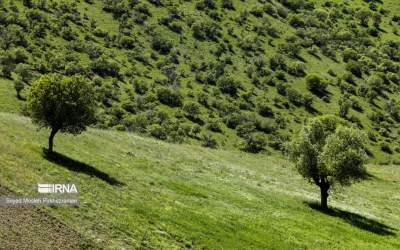Introduction
Saffron, scientifically known as Crocus sativus, is a flowering plant native to Southwest Asia. It is primarily cultivated for its crimson-colored stigma, which is handpicked and dried to obtain the spice. Saffron has been used for centuries in various cuisines, traditional medicines, and even in the production of perfumes. Due to its high cost and susceptibility to adulteration, it is essential to be able to distinguish genuine saffron from counterfeit products.
Understanding Saffron: An Overview
Saffron consists of three main components: the red stigmas, which are the most valuable part, the yellow styles, and the white floral tube. The stigmas are responsible for the spice's vibrant color, distinct aroma, and unique flavor. These qualities make saffron highly sought after in culinary and medicinal applications.
Different Types of Saffron
There are various types of saffron available in the market, but the three most common ones are:
1: Kashmiri Saffron
Kashmiri saffron, also known as "Mogra saffron," is highly prized for its deep red color and strong aroma. It is primarily cultivated in the valleys of Kashmir, India. Kashmiri saffron is known for its bold flavor and is often considered one of the finest varieties available.
2: Spanish Saffron
Spanish saffron, also known as "La Mancha saffron," is widely recognized for its high quality. It is grown in the La Mancha region of Spain and is known for its vibrant red color, strong aroma, and well-balanced flavor. Spanish saffron is often used in traditional Spanish dishes like paella.
3: Iranian Saffron
Iranian saffron, also known as "Persian saffron," is one of the most renowned and sought-after varieties in the world. It is cultivated in Iran, particularly in the region of Khorasan. Iranian saffron is prized for its deep red color, exquisite aroma, and intense flavor. It is widely used in Persian and Indian cuisines.
Characteristics of Real Good Saffron
To identify genuine saffron, it is crucial to understand the characteristics of real good saffron. Here are some key traits to look for:
Vibrant Color
Authentic saffron exhibits a vibrant red color throughout the threads. The intensity of the color may vary slightly depending on the variety, but it should never appear dull or pale. Be cautious of saffron that looks more orange or yellow, as it may indicate impurities or adulteration.
Aroma
Real saffron has a strong and distinct aroma that is often described as floral, honey-like, or slightly metallic. It should be fragrant without any unpleasant or musty smells. If the saffron lacks a noticeable aroma, it is likely of inferior quality.
Flavor
Genuine saffron possesses a complex and powerful flavor profile. It should have a slightly bitter taste with hints of honey and hay. The flavor should be intense but not overwhelming. If the saffron tastes bland or has a bitter aftertaste, it may not be authentic.
Water Solubility
When authentic saffron threads are added to warm water or milk, they should release their color gradually, imparting a golden hue. Fake saffron may release color quickly or leave behind artificial dyes, indicating its lack of authenticity.
How to Identify Genuine Saffron
When you buy saffron, whether in bulk or small amounts, follow these tips to ensure authenticity:
Check the Reputation: Purchase saffron from reputable suppliers like Blumental Bayern Gembh, who guarantee the authenticity and quality of their product.
Price and Quantity: Genuine saffron is a costly spice due to its labor-intensive cultivation and harvesting process. If the price seems too good to be true, it is likely counterfeit.
Visual Examination: Inspect the threads closely. Authentic saffron should have uniform color, length, and thickness. Look for any signs of broken or crushed threads, which may indicate poor quality or adulteration.
Packaging and Labels: Legitimate saffron products usually come in well-sealed, airtight containers with proper labeling and information about the source and production process. Avoid loose saffron or poorly packaged products.
Reputation of the Seller: Research the seller or brand before making a purchase. Read reviews and check for certifications that vouch for their credibility and adherence to quality
standards.
Blumental Bayern Gembh: Your Trusted Source for Original Saffron
Blumental Bayern Gembh's saffron undergoes rigorous testing to guarantee its purity and is renowned for its vibrant color, intense aroma, and exceptional flavor. At Blumental you can buy Sargol saffron, Negin saffron, Pushal Saffron, buy saffron powder and other saffron products at reasonable prices.











